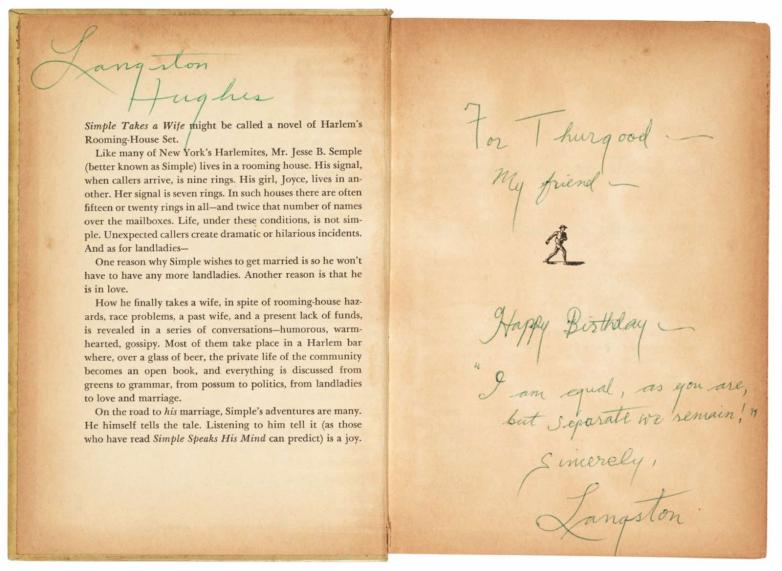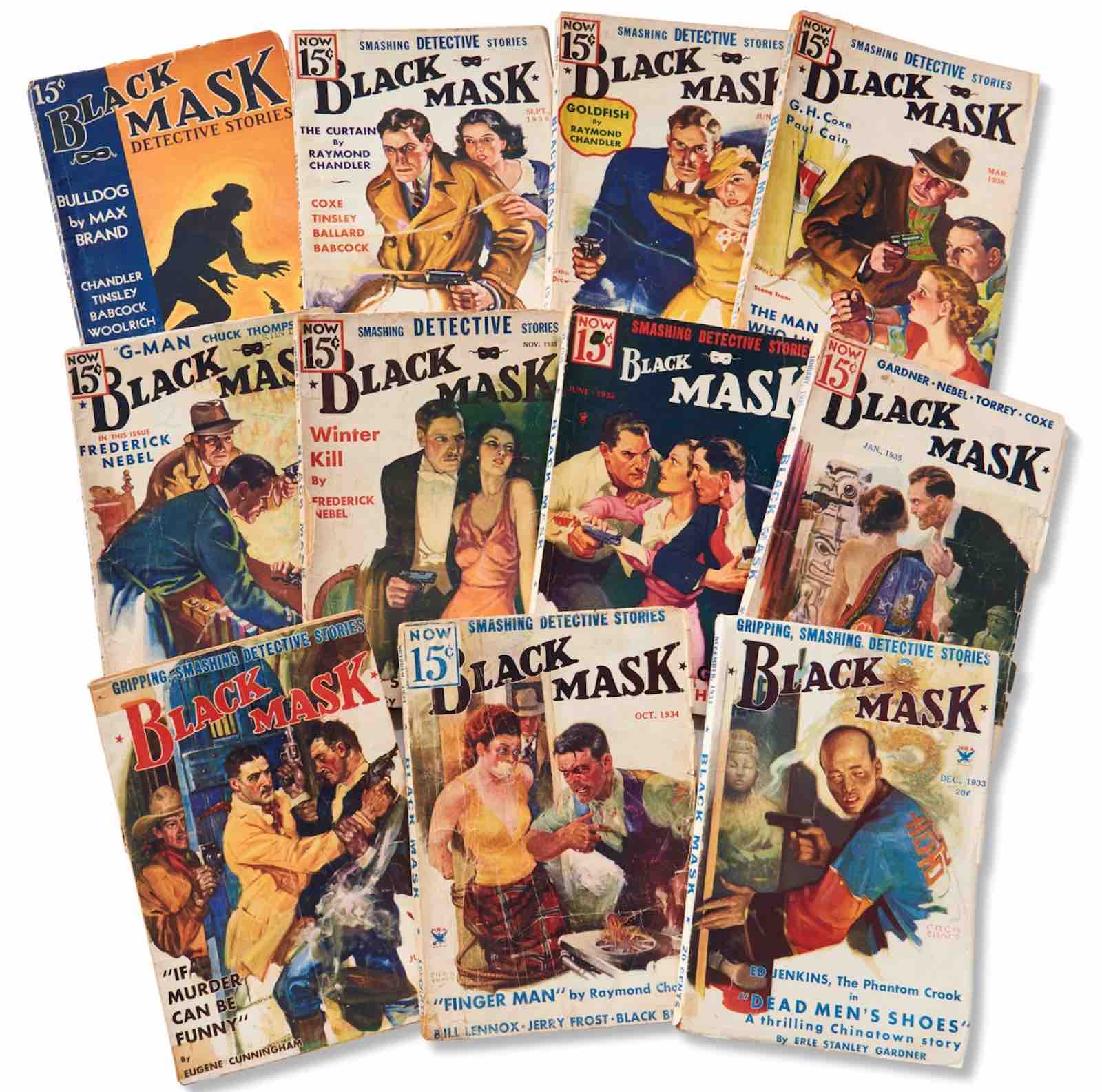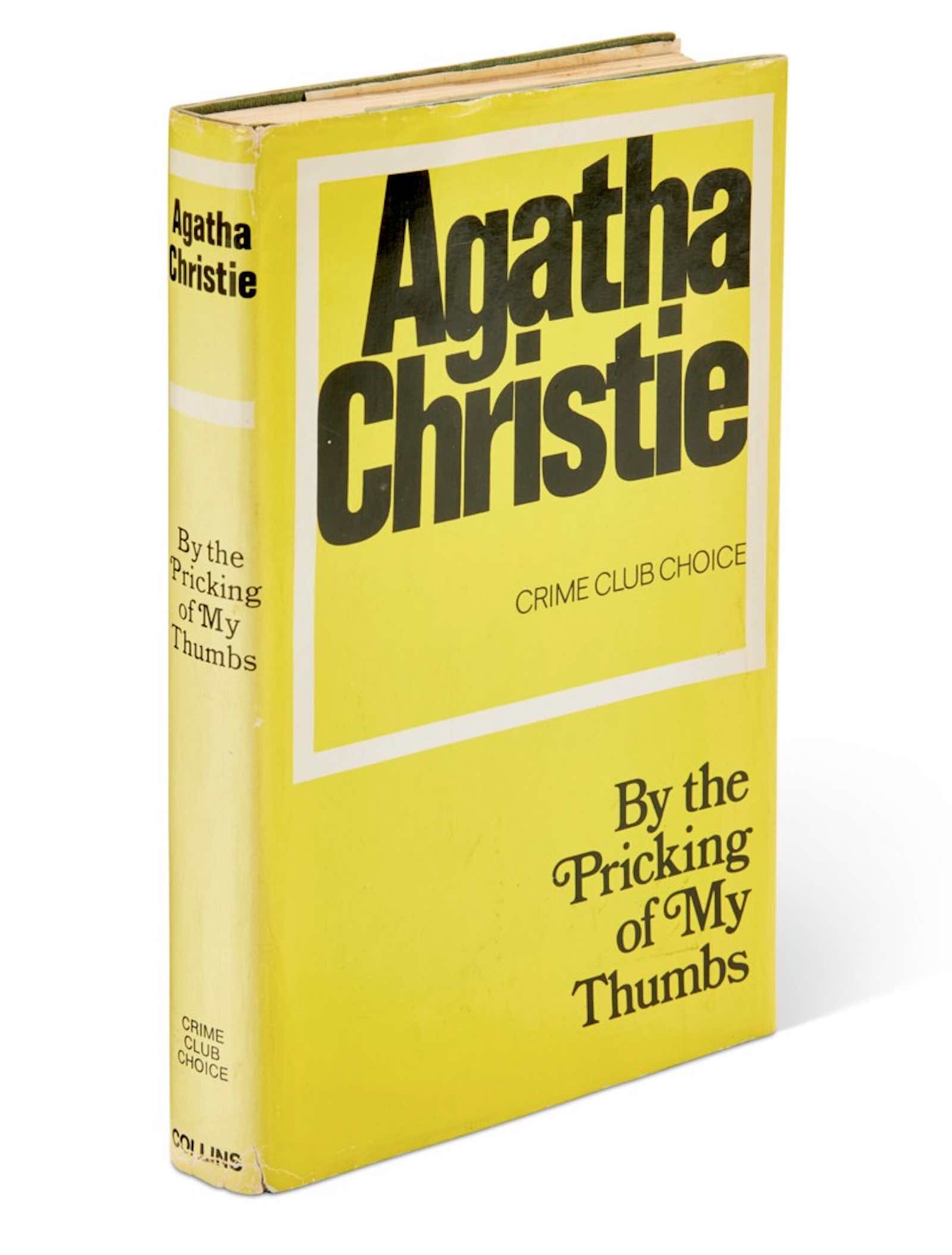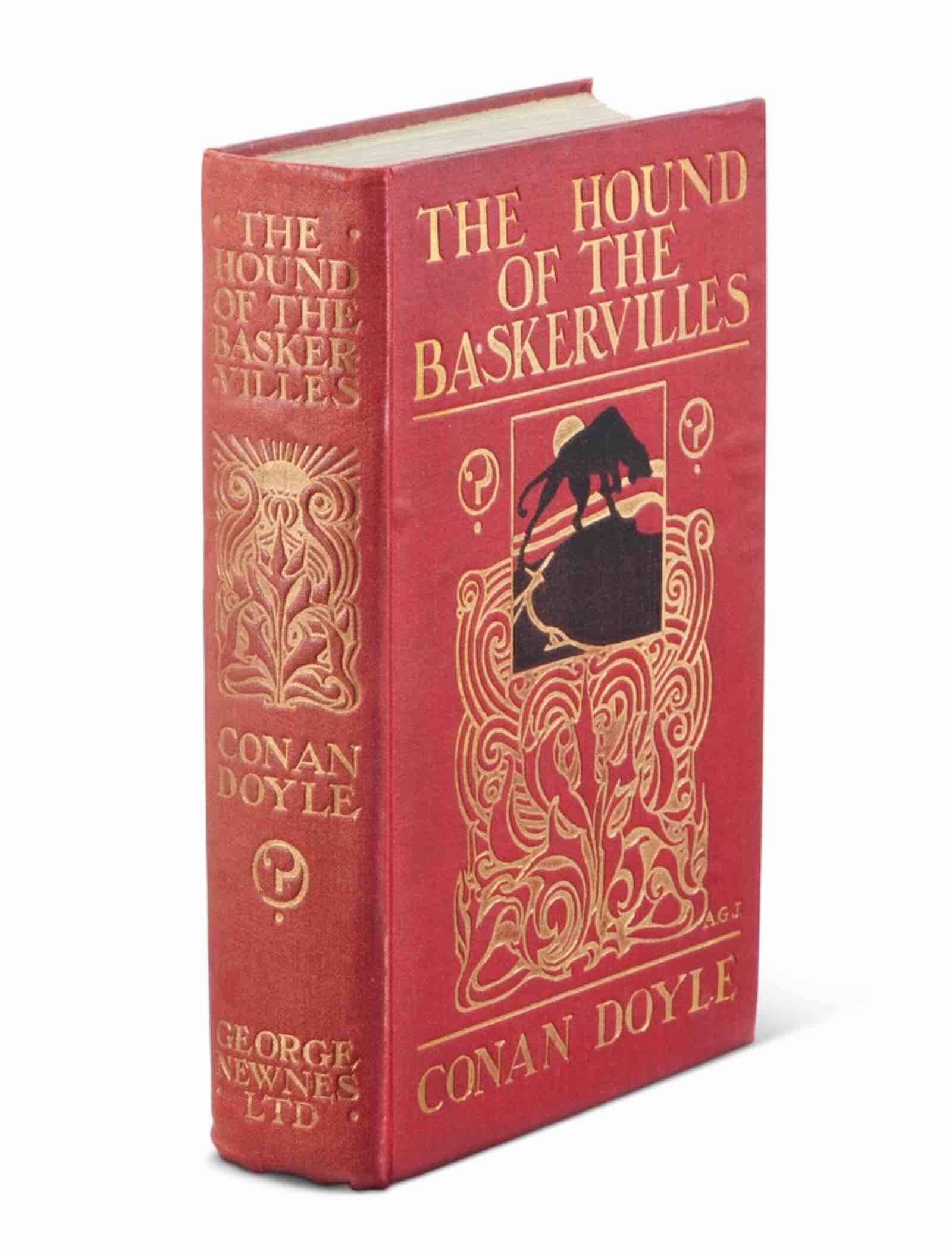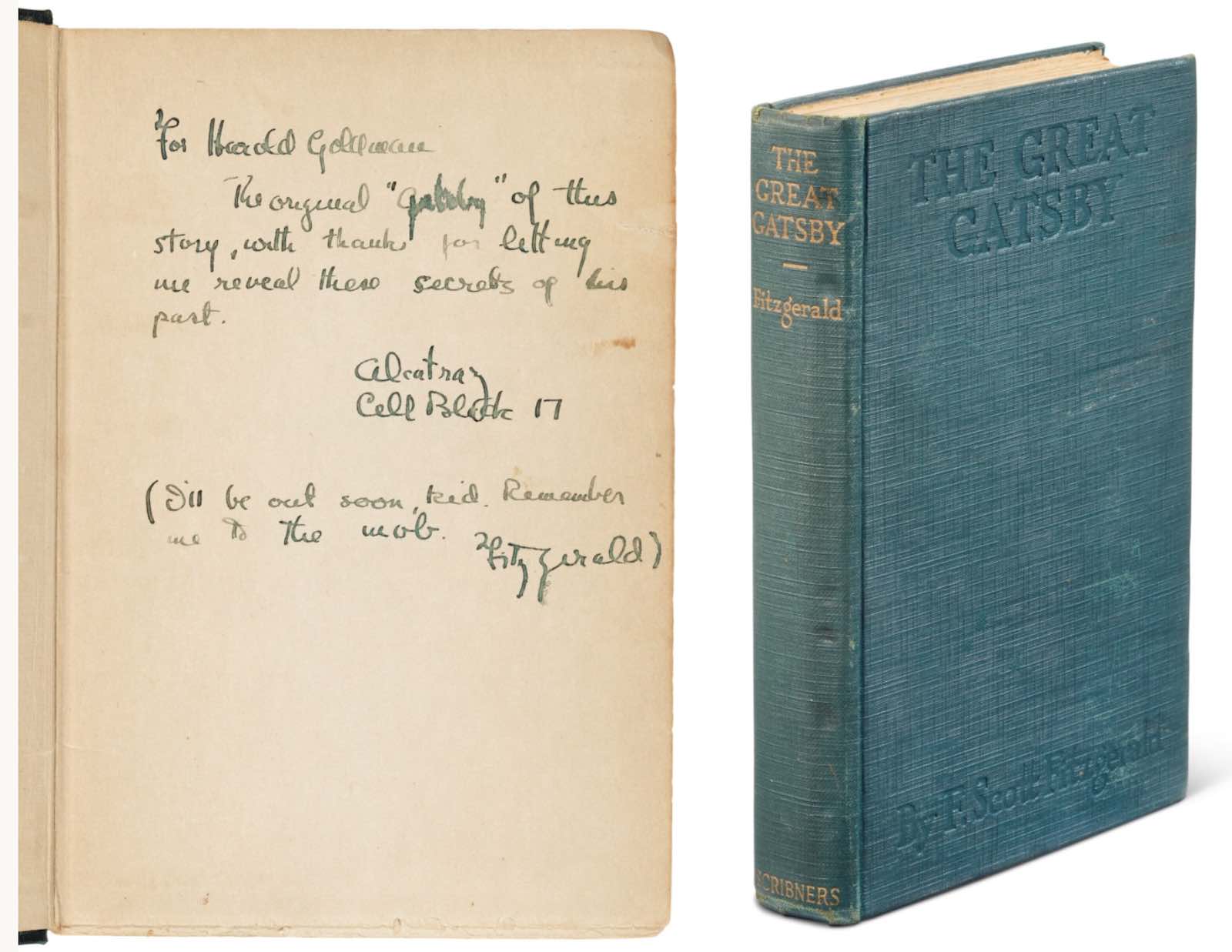* By the Pricking of My Thumbs by Agatha Christie
"To P.G. Wodehouse with reverence, admiration and many long years of deeply enjoyed reading – no one like you! Agatha Christie": an important presentation copy of the first edition, inscribed by the author. The two writers greatly admired each other’s work and Wodehouse was to be the dedicatee of Christie’s next published novel, Hallowe’en Party (1969). London: for The Crime Club by Collins, 1968.
* The Hound of the Baskervilles by Arthur Conan Doyle
A remarkably fine presentation copy of the first edition in book form, inscribed by the author on the title page: "I perambulated Dartmoor before I wrote this book, A Conan Doyle". The present copy is in fine original condition and boasts an unusually interesting inscription for Doyle, who is typically far more formulaic even when presenting books to close associates. An ownership inscription dated 1902 on the front endpaper suggests that the recipient was L. B. Whitehead, a painter from Devon who specialised in local scenes. London: George Newnes, 1902.
* The Great Gatsby by F. Scott Fitzgerald
Extraordinary presentation copy to "the original “Gatsby”: first edition, first printing, inscribed by the author. Inscribed copies of The Great Gatsby are very rare. The present inscription is by far the most exciting to have appeared at auction: "For Harold Goldman / The original “Gatsby” of this story, with thanks for letting me reveal these secrets of his past. / Alcatraz / Cell Block 17 / (I’ll be out soon, kid. Remember me to the mob. Fitzgerald)".
Fitzgerald’s friendship with Harold Goldman is mostly undocumented, yet the playful warmth of the inscription suggests that the two knew each other well. The gift of this book would seem to date from their shared stint at MGM as screenwriters, during which time they worked on the 1938 film A Yank at Oxford starring Robert Taylor and Vivien Leigh. As his inscription makes clear, Fitzgerald was less than satisfied with his time in Hollywood, ‘Alcatraz’ referring to the MGM lot and ‘Cell Block 17’ to his office in the writers’ building. New York: Charles Scribner's Sons, 1925.

